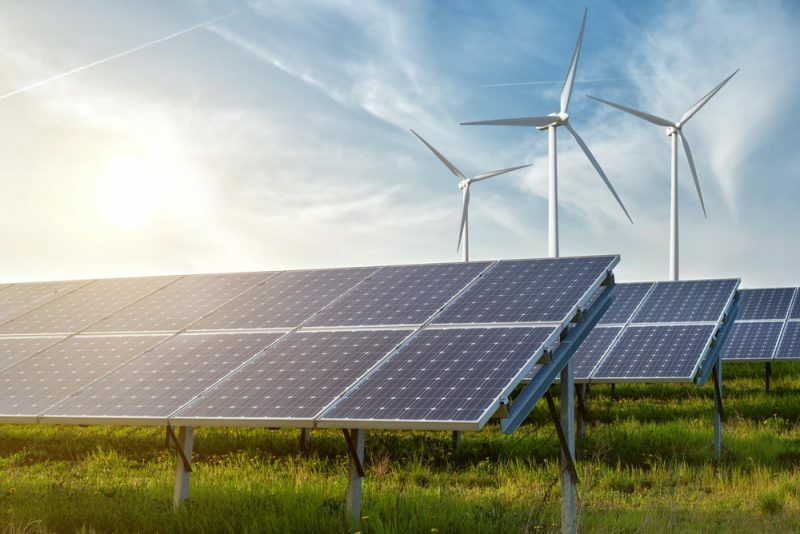Examples of inexhaustible resources
Miscellanea / / July 04, 2021
The natural resources inexhaustible types, also called renewable, are those that are not spent, that is, they can be used indefinitely. For example: solar energy, wind energy.
They differ from exhaustible resources or Non-renewable, which are those that either cannot be produced again, or are produced at a much lower speed than they are consumed (for example, wood). Some examples of exhaustible resources are oil, some metals and natural gas.
Today, most of the Energy that we consume globally comes from exhaustible resources. We use that energy to obtain electricity, heating, in the industry and in the transport. Although these energy sources have the advantages of being constant in space and time, have the disadvantage not only that they will run out in the medium term but also produce great amount of polluting gases. Therefore, it is seeking to replace them with inexhaustible resources.
Characteristics of inexhaustible resources
Examples of inexhaustible resources

- Solar energy. The sun emits radiation of which our planet receives such a large quantity that in just one hour it is enough to satisfy the energy needs of the whole world for a year. The technology that uses this energy is single photovoltaic energy. A device called a photovoltaic cell is used. To a lesser extent, thermoelectric solar energy is also used, which uses mirrors to concentrate sunlight on a small surface, converting solar energy into hot, which drives a heat engine that generates electricity.
- Wind power. The energy that comes from the wind is harnessed through the rotation of wind turbines. The wind turbines that we currently see in the shape of large white three-bladed windmills are called wind turbines. They were created in 1980 in Denmark.
- Hydroelectric power. Use the Kinetic energy Y potential of moving water, that is, of rivers, waterfalls and oceans. The most common way of obtaining hydroelectric energy is hydroelectric power plants. Although it has the advantage of not emitting polluting substances and of being an inexhaustible resource, it has a great environmental impact due to the flooding produced by hydroelectric plants.

- Geothermal energy. Inside, our planet has heat, which can be used to generate energy. Temperature increases with depth. Although the earth is cold on the surface, we can observe the effects of the earth's heat on geysers, hot springs, and volcanic eruptions.
- Biofuels. It is not a specifically inexhaustible source but more precisely renewable, that is, it can be produced at a much higher speed than its consumption. From crops such as corn, sugar cane, sunflower or millet, alcohols or oils can be created to be used as fuel. Its carbon dioxide emission is significantly less than that of fossil fuels such as oil.
Follow with:



